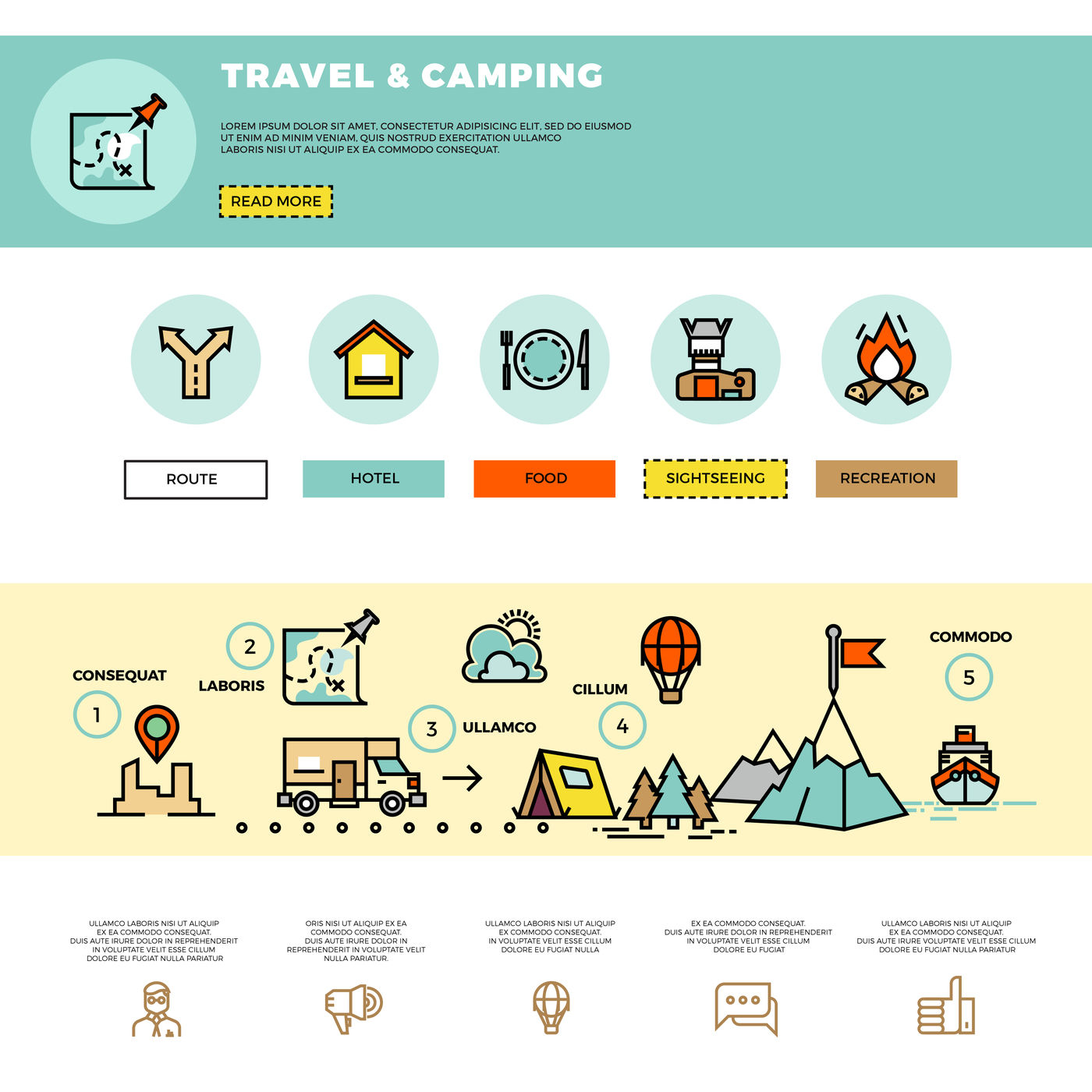While both deal toughness in different settings, it is essential to establish which type of insulation will certainly best serve your demands. The insulation you choose effects heat, weight, water resistance, compressibility and price.
Down is harvested from waterfowl, generally ducks or geese. It is prized for its lightness, easy compression and insulating homes. However, down ends up being less effective when wet.
Warmth-to-Weight
A high warmth-to-weight proportion is wanted in exterior apparel and equipment. The insulating residential or commercial properties of down feathers make them a terrific choice for this function, as they are incredibly warm and light-weight.
Nonetheless, down sheds its protecting abilities when it gets wet, implying it needs to be paired with a waterproof shell. In addition, some people dislike down, making synthetic coats a better choice for them.
Artificial insulations are typically made from recycled polyester and developed to imitate down's protecting homes. They are not as light-weight as down, yet they do not lose their insulating abilities when they get wet and dry faster than down. They are additionally a lot more cost effective than down. Nevertheless, their life-span is shorter than down, resulting in greater maintenance and substitute expenses.
Water Resistance
The insulation you select for your work coat will make a big difference in exactly how comfortable you really feel outdoors. Nevertheless, the type of insulation you choose also has substantial ramifications for your sustainability goals.
Down is a superb insulator for a variety of factors. It's light-weight, compressible, and supplies a good warmth-to-weight ratio. Nevertheless, it does not prosper when it gets wet. Down clumps up and sheds its loft space when wet, which can considerably minimize its capacity to catch heat.
Artificial insulation materials, such as Thinsulate and Primaloft, stand up better versus wet conditions. They generally have a tight weave or chemical finish that maintains water from permeating the fabric. This allows the insulation to stay breathable, even if wet. It deserves keeping in mind that synthetics can likewise be unpleasant when damp, yet they retain their insulating residential properties.
Compressibility
While goose down does have a premium warmth-to-weight proportion, artificial insulation executes in a similar way. However, unlike down which absorbs and loses its insulating capabilities when damp, artificial insulation does not. Therefore, it can maintain its loft space and catch cozy air in wet conditions.
Normally produced from polyester sheets or collections that mimic down, one of the most usual synthetic insulation brand names consist of PrimaLoft, FullRange, Thermoball and Patagonia's PlumaFill. While it still can't match down's loftiness and warmth-to-weight, artificial coats are lightweight, fast to dry and more economical than down. This makes artificial jackets best for wet atmospheres, or if you're prone to sweating greatly. Synthetic jackets are likewise much less delicate than down and can take a beating. This longevity extends to their face materials which are generally thicker and more resilient than down.
Durability
A major consideration in sustainability is a product's longevity and longevity. Natural products like cork, ThermaCork increased cork and Havelock wool last longer than artificial options like fiberglass and plastic. They additionally call for less maintenance and can withstand rough environmental problems.
Nonetheless, all-natural insulation doesn't perform too when wet as synthetic options. Wool and fleece glob with each other when wet, compromising their capacity to trap heat. Synthetic insulation, on the other hand, does not take in wetness and remains to shield also when saturated.
This makes artificial insulation ideal for wet climates and laborious tasks where you might sweat heavily. It's also less complicated to clean and dries out faster than down. This included toughness and integrity make artificial insulation a total winner in this category. This translates to resilient protected work boots that last long and keep you warm through demanding settings.
Sustainability
All-natural products supply biodegradability and a smaller sized ecological impact, while artificial choices brag toughness and ingenious applications that support energy effectiveness. Nevertheless, it is glamping essential to understand real environmental effect of these insulation materials from cradle-to-grave.
As an example, if a natural insulation product needs to travel a cross country from its source to the structure site, transportation-related exhausts enhance its overall carbon impact. Picking locally sourced and reused products lowers that effect. And, going with GREENGUARD and Cradle to Cradle accreditations makes certain that insulation is without unpredictable organic substances (VOCs) and supports liable sourcing and labor conditions.
Lamb's wool and cork are sustainable insulation resources that are collected without damaging the tree or plant. Both have the included benefit of being normally resistant to mold and mildew, bugs and dampness.
